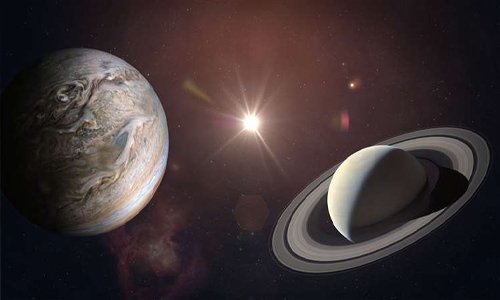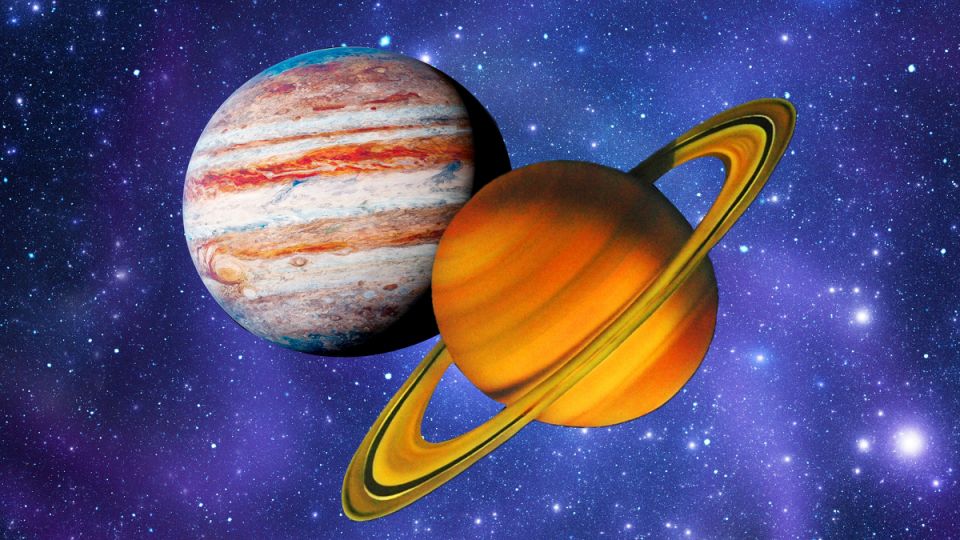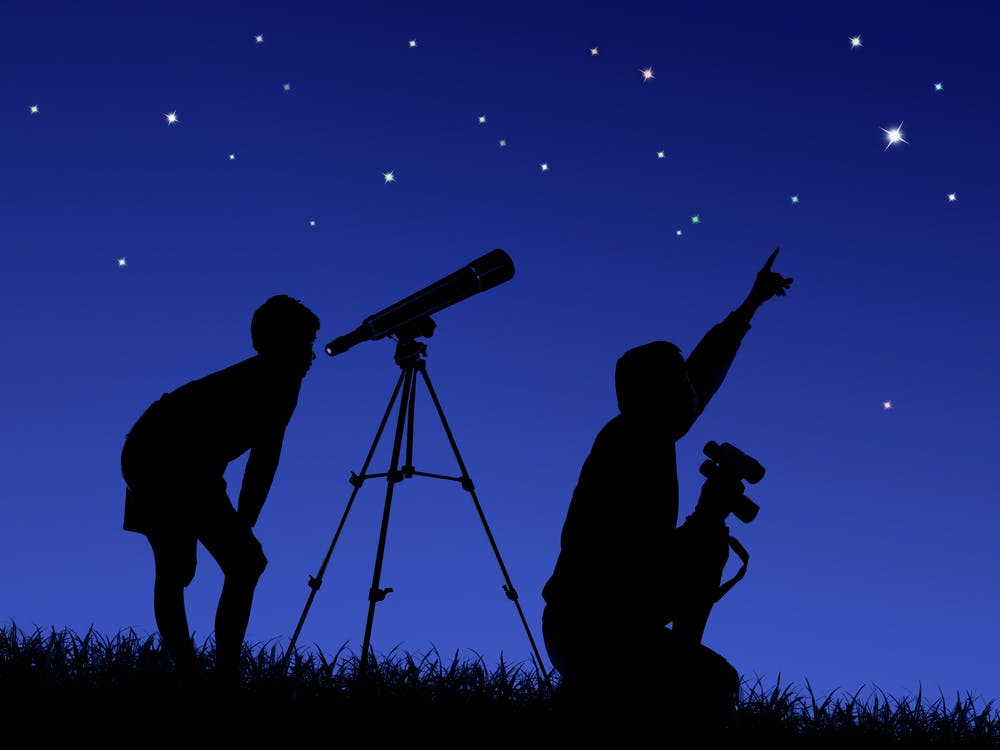Watch the ‘Great Conjunction’ tonight in the Bahrain sky!
TDT | Manama
The Daily Tribune – www.newsofbahrain.com
Look up! Tonight, after the sun sets around 5.12 pm, sky-watchers in Bahrain will be able to witness a rare spectacular astronomical show!
They will have a chance to see clearly the two giant planets — Jupiter and Saturn — appearing spectacularly closer to one another and consistently brighter than they have in 800 years in an event known as a “Great Conjunction”.
Jupiter will disappear in the night sky at 7.33 pm before Saturn follow suit at 7.38 pm. This rare celestial-rendezvous, which only happens roughly once every 20 years, offers a unique opportunity to see the motion of two planets relative to each other in the night sky. And the best part?
The event will be visible from anywhere on Earth, according to astronomers. The Bahrain Astronomical Society (BAS) is encouraging sky enthusiasts in the Kingdom to watch and not to miss this “celestial summit meeting” which will be seen in Bahrain evening sky in the direction of the Makkah at 246 degrees.
They can capture the rare moment in detail with binoculars and telescope, or even with a magnifying mobile phone, although the best part about it is that it can be seen with the naked eye! BAS will broadcast this cosmic spectacle live from sunset until 7.20 pm.
Coincidentally, this celestial phenomenon happens on the same day of the winter solstice, which marks the year’s shortest day and longest night.
Why does this happen?
These planets align every 20 years because Jupiter orbits the Sun every 12 years, while Saturn takes 30. So, every couple of decades, Jupiter laps Saturn. However, this year’s conjunction is especially rare.
These planets have not been this close and visible in the night sky away from the glare of the Sun since the year 1226. Tonight, Jupiter and Saturn will be separated by mere 0.1 degrees — although, in reality, they are millions of kilometres apart — and may appear as a single bright “star.”
The pair of planets will become visible at twilight, close to the southwestern horizon in the Northern Hemisphere, or the western horizon in the Southern Hemisphere. They will set within a couple of hours or so, so it is important to have a clear view toward the horizon.
Jupiter and Saturn will continue to be an impressive sight in the early evenings following today. During January 2021, however, the two planets will become lost in the glare of the Sun.
‘Christmas Star’
As Jupiter and Saturn will rendezvous just a few days before Christmas, forming what will look like a single bright object in the sky, the 2020 Great Conjunction is sometimes also called the “Christmas star” or “Bethlehem star.” In fact, some scholars have theorised that the original Christmas star, known as the Star of Bethlehem, might also have been a Great Conjunction.
According to Christian lore, a bright light in the sky led the Three Wise Men to the location of Jesus’s birth. Other theories aiming to explain this biblical phenomenon include a supernova explosion and a comet. Some media outlets have also referred to the phenomenon as “kissing stars” or “double planets.”
The next “Great Conjunctions”
After 2020, the next Great Conjunctions will occur on November 2, 2040, and April 7, 2060.
On both these occasions, the minimum separation of Jupiter and Saturn will be 1.1 degrees — which means they will be eleven times farther apart than tonight. In fact, the 2020 Great Conjunction of Jupiter and Saturn is exceptionally close.
Over a period of 1,000 years, from 1600 to 2599, there are only six Great Conjunctions where the minimum separation between Jupiter and Saturn is less than 0.2 degrees: 1623, 1683, 2020, 2080, 2417, and 2477.
How to see it?
To view the astronomical event, find a spot where you can watch the sunset with a clear horizon in front of you, free of trees or buildings, using binoculars or a small telescope, or even with a magnifying mobile phone.
You should point your gaze towards an unobstructed part of the south-western sky, about an hour after sunset since the planets will set below the horizon quickly. Leading up to the conjunction, Saturn will appear slightly above and to the left of Jupiter.
Then, the planets will reverse positions in the sky, NASA officials said in the statement. Jupiter and Saturn are bright, so they can be seen in areas with clear skies and no cloud cover — and even from most cities.
This also means that the event can be seen with the naked eye. However, binoculars or a small telescope may allow viewers to see Jupiter’s four large moons, according to the statement
Related Posts



